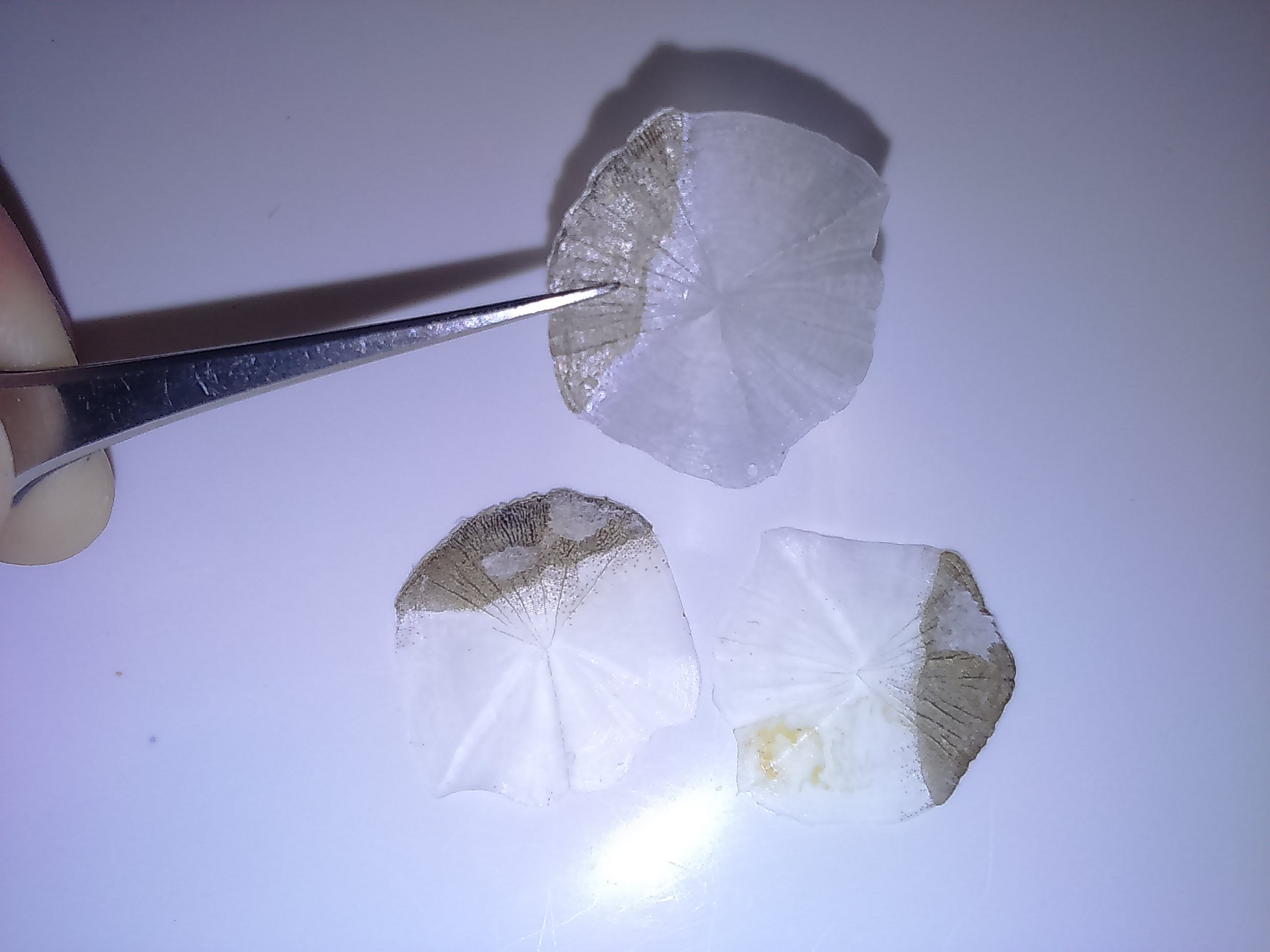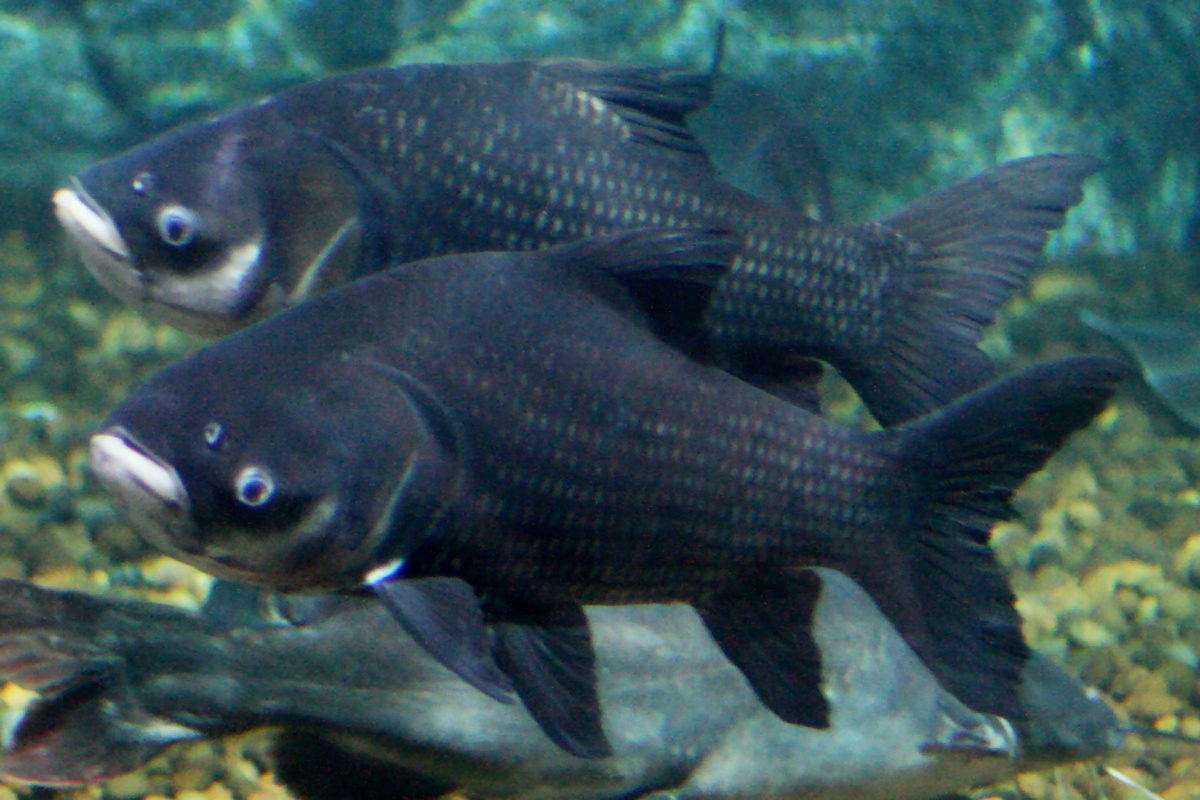|
Leuciscus
''Leuciscus'' is a genus of fish belonging to the family Cyprinidae. They are inland water fishes commonly called Eurasian daces. The genus is widespread from Europe to Siberia. Species broadly distributed in Europe include the common dace ''Leuciscus leuciscus'' and the ide ''L. idus''. The European chubs were formerly also included in ''Leuciscus'', but they are now usually separated in another genus, ''Squalius'' (e.g. the chub, ''Squalius cephalus''). The delimitation of ''Leuciscus'' and ''Squalius'' is not completely resolved; some species have been moved from one genus to the other only in recent years. The genera ''Petroleuciscus'' and ''Telestes'' have also been split off from ''Leuciscus'' recently; for the latter the same holds true as for ''Squalius'' regarding the unclear delimitations. Species Currently, 19 recognized species are in this genus: * ''Leuciscus aspius'' (Linnaeus, 1758) (asp) * ''Leuciscus baicalensis'' ( Dybowski, 1874) (Siberian dace) * ''Leuci ... [...More Info...] [...Related Items...] OR: [Wikipedia] [Google] [Baidu] |
Common Dace
The common dace (''Leuciscus leuciscus'') is a species of freshwater and brackish water ray-finned fish from the family Cyprinidae which is native to Europe but which has been introduced to other parts of the world. It is a quarry species for coarse anglers. Description The common dace differs from other members in the genus '' Leuciscus'' found in Europe by its inferior mouth, slightly longer upper jaw which has the tip of the upper lip level with the centre line of the eye and the lack of an obvious snout. It has a yellowish iris and a body which is covered in large silvery scales, the lateral line having 49–52 scales. The anal fin has a concave margin and the caudal fin is forked. The dorsal fin has 2–3 spines and 7–9 soft rays while the anal fin has 3 spines and 8–9 soft rays. The maximum size attained is a total length of . Distribution The common dace is native to Europe and northern Asia where its occurs in the basins of the North Sea, Baltic Sea, White Sea and Ba ... [...More Info...] [...Related Items...] OR: [Wikipedia] [Google] [Baidu] |
Ide (fish)
The ide (''Leuciscus idus''), or orfe, is a freshwater fish of the family Cyprinidae found in larger rivers, ponds, and lakes across Northern Europe and Asia. It has been introduced outside its native range into Europe, North America, and New Zealand. It is a popular ornamental fish, usually kept in outdoor ponds in temperate regions from which it often escapes. Etymology The name "ide" is from Swedish ''id'', originally referring to its bright colour (compare the German dialect word ''Aitel'', a kind of bright fish and Old High German ''Eit'', funeral pyre, fire).''Webster's Third New International Dictionary of the English Language, Unabridged'' (Merriam, 1961; repr. Merriam-Webster, 1981), p. 723 s.v. "edify." The alternative name "orfe" derives from German ''Orf'', through the Latin ''orphus'' meaning a "sea fish" or "sea perch", which in turn derives from the Greek ''orphōs''. The generic name ''Leuciscus'' is derived from the Greek word ''leykiskos'', which means "white ... [...More Info...] [...Related Items...] OR: [Wikipedia] [Google] [Baidu] |
European Chub
''Squalius cephalus'' is a European species of freshwater fish in the carp family Cyprinidae. It frequents both slow and moderate rivers, as well as canals and still waters of various kinds. This species is referred to as the common chub, European chub, or simply chub. Description It is a stocky fish with a large rounded head. Its body is long and cylindrical in shape and is covered in large greenish-brown scales which are edged with narrow bands of black across the back, paling to golden on the flanks and even paler on the belly. The tail is dark brown or black, the dorsal fin is a greyish-green in colour and all the other fins are orange-red. The dorsal fin has 3 spines and 7-9 soft rays while the anal fin has 3 spines and 7-10 rays. The vertebrae count is 42-48. It can grow to 60 cm standard length but most fish are around 30 cm. Distribution The chub is distributed throughout most of northern Eurasia, it can be found in the rivers flowing into the North, Baltic, ... [...More Info...] [...Related Items...] OR: [Wikipedia] [Google] [Baidu] |
Leuciscus Bearnensis
The Bearn beaked dace (''Leuciscus bearnensis'') is a putative species of cyprinid fish, recorded from several localities in the Adour drainage in France. Description The Bearn beaked dace is distinguished from other western European members of the genus '' Leuciscus'' by having a keel which runs from its nape to the origin of the dorsal fin, a projecting snout which has a rounded tip and a projecting upper jaw, the dorsal profile of head and body shows a distinct hump; the snout is 32-35% of the length of the head; and the lateral line has around 47-52 scales. It also has thick, fleshy lips and a large eye, the diameter of them being approximately a fifth to a quarter of the length of the head. It grows to 280mm in standard length Fish measurement is the measuring of individual fish and various parts of their anatomies. These data are used in many areas of ichthyology, including taxonomy and fisheries biology. Overall length * Standard length (SL) is the length of a fish . ... [...More Info...] [...Related Items...] OR: [Wikipedia] [Google] [Baidu] |
Cyprinidae
Cyprinidae is a family of freshwater fish commonly called the carp or minnow family. It includes the carps, the true minnows, and relatives like the barbs and barbels. Cyprinidae is the largest and most diverse fish family and the largest vertebrate animal family in general with about 3,000 species, of which only 1,270 remain extant, divided into about 370 genera. Cyprinids range from about 12 mm in size to the giant barb (''Catlocarpio siamensis''). By genus and species count, the family makes up more than two-thirds of the ostariophysian order Cypriniformes. The family name is derived from the Greek word ( 'carp'). Biology and ecology Cyprinids are stomachless fish with toothless jaws. Even so, food can be effectively chewed by the gill rakers of the specialized last gill bow. These pharyngeal teeth allow the fish to make chewing motions against a chewing plate formed by a bony process of the skull. The pharyngeal teeth are unique to each species and are used ... [...More Info...] [...Related Items...] OR: [Wikipedia] [Google] [Baidu] |
Leuciscus Bergi
Issyk-Kul dace (''Leuciscus bergi'') is a species of cyprinid fish from Issyk-Kul Lake, Kyrgyzstan Kyrgyzstan,, pronounced or the Kyrgyz Republic, is a landlocked country in Central Asia. Kyrgyzstan is bordered by Kazakhstan to the north, Uzbekistan to the west, Tajikistan to the south, and the People's Republic of China to the ea .... References Leuciscus Cyprinid fish of Asia Fish described in 1925 {{Leuciscinae-stub ... [...More Info...] [...Related Items...] OR: [Wikipedia] [Google] [Baidu] |
Leuciscus Baicalensis
The Siberian dace (''Leuciscus baicalensis'') is a freshwater species of cyprinid fish, found in Siberian rivers draining to the Arctic Ocean, from the Ob to the Kolyma in the east, as well as in Mongolia and in Ulungur Lake and Ulungur River in Xinjiang Xinjiang, SASM/GNC: ''Xinjang''; zh, c=, p=Xīnjiāng; formerly romanized as Sinkiang (, ), officially the Xinjiang Uygur Autonomous Region (XUAR), is an autonomous region of the People's Republic of China (PRC), located in the northwest ..., China. The complete mitochondrial genome of ''Leuciscus baicalensis'' has a mostly conserved structural organization and it is 16,606 bp in size. It consisted of 37 genes (13 protein-coding genes, 22 transfer RNA genes and 2 ribosomal RNA genes), and 2 main non-coding regions (the control region and the origin of the light strand replication). References Leuciscus Taxa named by Benedykt Dybowski Fish described in 1874 {{Leuciscinae-stub ... [...More Info...] [...Related Items...] OR: [Wikipedia] [Google] [Baidu] |
Leuciscus Chuanchicus
''Leuciscus chuanchicus'' is a species of ray-finned fish in the genus ''Leuciscus'' which is endemic to China where it occurs in the upper reaches of the Yellow River The Yellow River or Huang He (Chinese: , Mandarin: ''Huáng hé'' ) is the second-longest river in China, after the Yangtze River, and the sixth-longest river system in the world at the estimated length of . Originating in the Bayan .... References Leuciscus Taxa named by Karl Kessler Fish described in 1876 {{Leuciscinae-stub ... [...More Info...] [...Related Items...] OR: [Wikipedia] [Google] [Baidu] |
Leuciscus Burdigalensis
''Leuciscus burdigalensis'', the beaked dace, is a cyprinid freshwater fish from central and southern France. It is recorded both from Atlantic and Mediterranean drainages – from Loire to Garonne, and from Tech to Aude Aude (; ) is a department in Southern France, located in the Occitanie region and named after the river Aude. The departmental council also calls it " Cathar Country" (French: ''Pays cathare'') after a group of religious dissidents active i ..., respectively. Dace recorded in the '' Herault'' may also be ''L. burdigalensis''. See also * Bearn beaked dace * Long-snout dace References Leuciscus Cyprinid fish of Europe Fish described in 1844 Taxa named by Achille Valenciennes {{Leuciscinae-stub ... [...More Info...] [...Related Items...] OR: [Wikipedia] [Google] [Baidu] |
Leuciscus Aspius
The asp (''Leuciscus aspius'') is a European freshwater fish of the Cyprinidae family. It is sometimes considered by taxonomic authorities to be one of two members of the genus ''Aspius''. It is protected under Appendix III of the Bern Convention and listed as least concern on the IUCN Red List. Normally, asps are between in length, with some reaching , and weighing up to . They inhabit lakes and lower reaches of rivers and estuaries. In April to June, asps migrate from lakes to streams for spawning. Spawning is triggered by the rise in temperature and usually starts at . The eggs attach to rocks, gravel, and water plants. After around two weeks, they hatch and the fry drift downstream to calmer waters. They tend to be active during the evening, when they may create large splashes as they hunt near the surface of the water. Asps can be found in Estonia, Lithuania, Latvia, Germany, Norway, Sweden, Finland, the Czech Republic, Poland, Ukraine, Bulgaria, Romania, Russia, Switzerla ... [...More Info...] [...Related Items...] OR: [Wikipedia] [Google] [Baidu] |
Telestes
''Telestes'' is a genus of cyprinid fish. It was formerly usually included in '' Leuciscus''. Species There are currently 14 recognized species in this genus:Bogutskaya, N.G., Zupancic, P., Bogut, I. & Naseka, A.M. (2012): Two new freshwater fish species of the genus Telestes (Actinopterygii, Cyprinidae) from karst poljes in Eastern Herzegovina and Dubrovnik littoral (Bosnia and Herzegovina and Croatia). ''ZooKeys, 180: 53–80.'' * ''Telestes beoticus'' ( Stephanidis, 1939) (Paskóviza) * ''Telestes croaticus'' ( Steindachner, 1866) (Croatian pijor) * ''Telestes dabar'' Bogutskaya, Zupančič, Bogut & Naseka, 2012 * ''Telestes fontinalis'' ( M. S. Karaman ( sr), 1972) (Spring pijor) * ''Telestes karsticus'' Marčić, Buj, Duplić, Ćaleta, Mustafić, Zanella, Zupančič & Mrakovčić, 2011 * ''Telestes metohiensis'' ( Steindachner, 1901) * ''Telestes miloradi'' Bogutskaya, Zupančič, Bogut & Naseka, 2012 * ''Telestes montenigrinus'' (Vuković, 1963) * ''Telestes ... [...More Info...] [...Related Items...] OR: [Wikipedia] [Google] [Baidu] |


